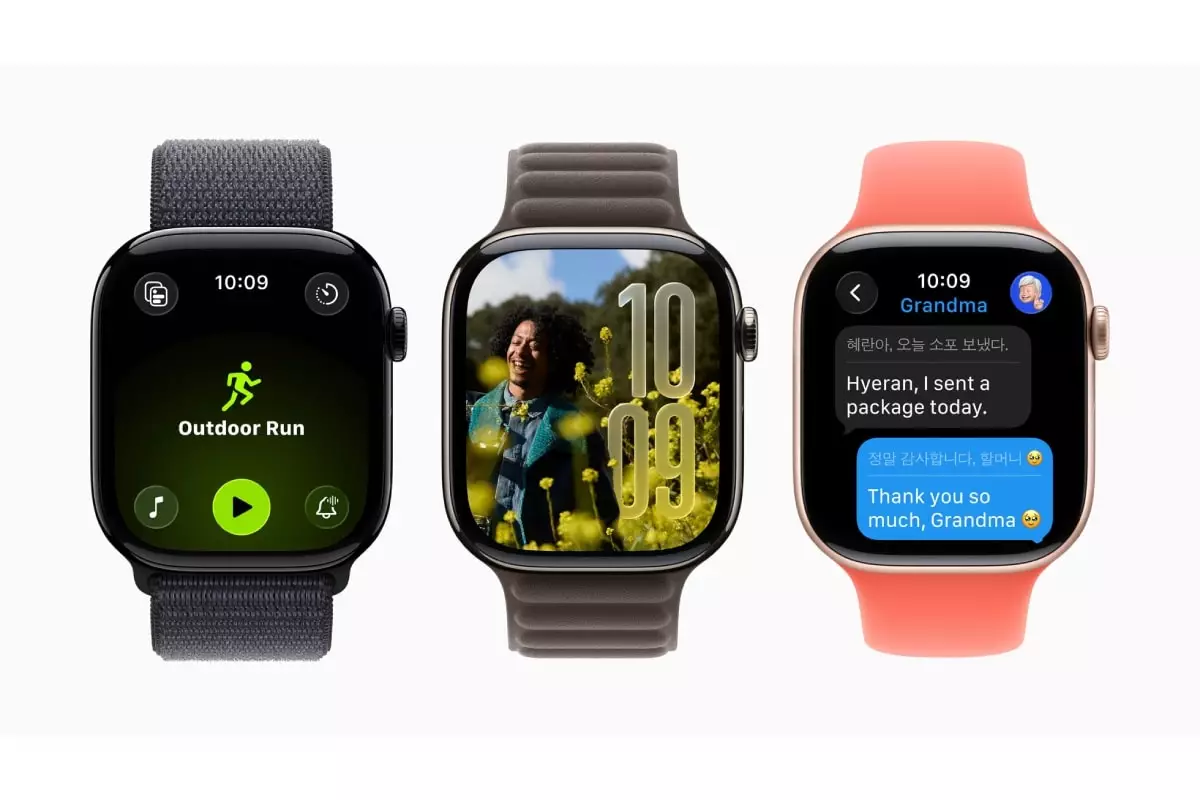Apple’s recent unveiling of watchOS 26 at WWDC 2025 has ignited discussions about the future of wearable technology. While the new Liquid Glass design introduces a fresh aesthetic with promises of enhanced functionality, it also raises pertinent questions about whether these updates genuinely create value for users or simply serve as superficial changes meant to stir excitement. If we peel back the many layers of innovation, it becomes clear that underneath the shiny surface, there’s both potential and pitfalls.
This latest update signifies an apparent push toward more adaptive and personalized experiences. Features like Smart Stack and the AI-powered Workout Buddy showcase an ambition to evolve the Apple Watch from a mere timepiece and notification hub into an indispensable fitness companion. However, while the technology is fascinating, the true effectiveness and user experience of these innovations remain to be seen.
The Personalized Workout Revolution
Apple’s introduction of the AI-integrated Workout Buddy stands out as a notable feature in watchOS 26. This tool is designed to utilize user data to deliver real-time insights, thereby offering personalized encouragement during physical activities. On the surface, this seems like a groundbreaking initiative in fitness technology; however, one must ponder whether reliance on AI can genuinely enhance such a deeply human experience as working out.
The challenge is particularly pronounced when one considers the broad spectrum of exercise preferences and individual fitness journeys. While some may thrive on motivational prompts and data-driven feedback, others could find this approach overly intrusive or even demotivating. Personal experience varies widely, and a one-size-fits-all model may hinder those who prefer a more organic interaction with their fitness regimes.
Redefining Notifications and Interactivity
With watchOS 26, Apple has attempted to redefine how users interact with notifications. The introduction of a wrist flick gesture to dismiss notifications is a sleek addition that embodies user-friendly design. However, there is a thin line between convenience and annoyance. Seamless interactions are undoubtedly crucial in a world that demands efficiency, but how many gestures will users truly internalize in their daily lives?
Moreover, creating a responsive tech ecosystem hinges on not just the user experience but also the adaptive capabilities of the device. Features like Smart Replies and custom backgrounds integrated with the iPhone highlight Apple’s ambitious integration efforts. Yet, one cannot shake off the feeling that these additions risk cluttering the watch interface and diluting its core functionalities. In striving for richness in user experience, Apple must be careful not to slip into the realm of over-complication.
Accessibility Meets Innovation
The introduction of features like Live Translation and enhanced accessibility settings in watchOS 26 is commendable. Apple has long prided itself on creating inclusive technology, and these updates strongly reflect that ethos. Live Translation, which allows users to receive incoming messages in their preferred language, is a significant step toward a more interconnected world. This function, while noble in intention, will ultimately be judged by its practicality and accuracy—if it falters, will it undermine the very message Apple hopes to deliver?
The implementation of accessibility enhancements, especially for users with hearing impairments, should not go unnoticed. Providing live captions through Live Listen is a meaningful step, yet it beckons the question: are these features merely add-ons, or are they being integrated into the core experience of Apple Watch? The effectiveness of such enhancements must be gauged in real-world scenarios to appraise their true value.
Is Simplicity Sacrificed for Features?
As Apple boldly ventures into the territory of more intricate and personalized interfaces, one can’t help but worry about the clarity and simplicity that once characterized the Apple Watch experience. With each new feature introduced, the risk of diluting its original value proposition—a simple, user-friendly smartwatch—becomes more pronounced. While innovation should be embraced, it should not lead to a convoluted user experience.
Apple has a profound opportunity with watchOS 26 to redefine how wearables integrate seamlessly into our lives without overwhelming the user. Simplicity and utility go hand in hand, and as advancements unfold in this rapidly evolving sector, the balance must be carefully maintained. The consumer’s satisfaction will rest not solely on the features themselves but how they enhance meaningful and intuitive interactions.
While the vision for watchOS 26 is one of promise and ambition, it is crucial to remember that innovation must always focus on enhancing the user experience—not complicating it. The narrative Apple is creating is compelling, but it will require careful attention to detail and genuine user feedback to ensure that the smartwatch remains an essential companion rather than just another gadget in the crowded tech landscape.


Leave a Reply